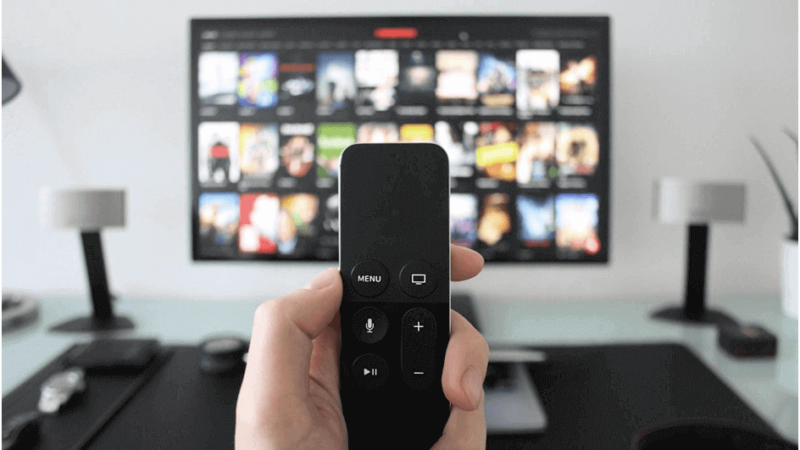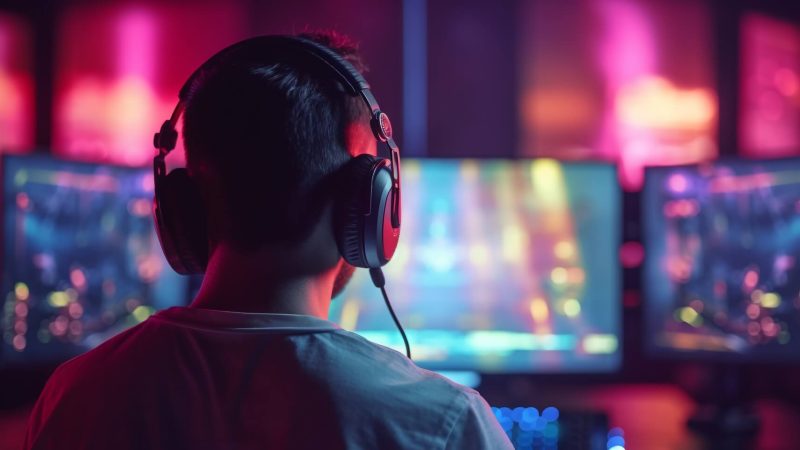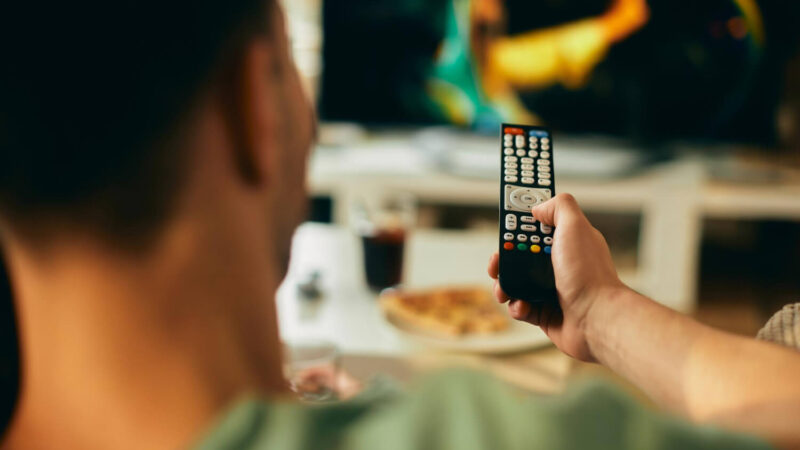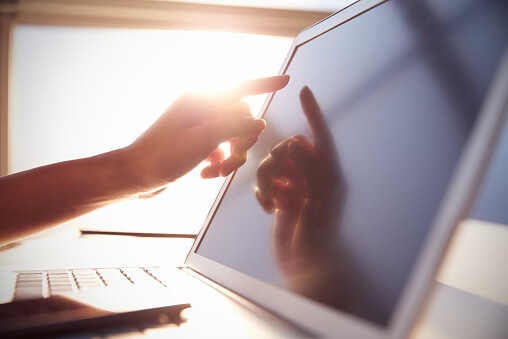Five Ways To Fix Your Laptop Overheating Issues
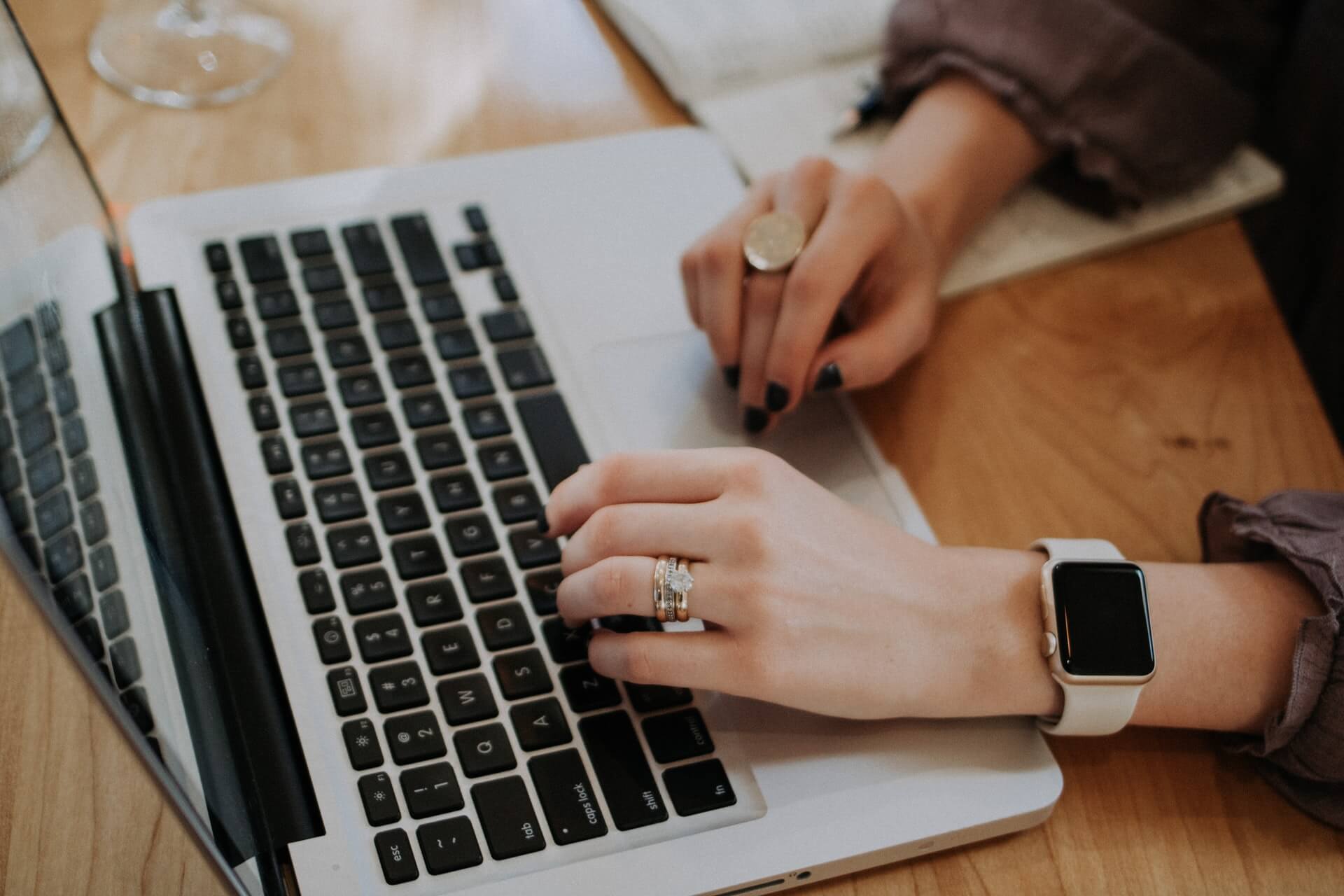
Overheating does not necessarily mean that the laptop has severe problems, as there is some way of cooling it down and fixing the overheating issues. You can check this article from TechiePlus for further info! If the case gets taken care of immediately, pat yourself on the back because you would have saved your laptop from any further damage.
What causes overheating in laptops?
The obvious reason why your laptop is overheating is because of insufficient cooling. The reasons for this inadequate cooling may be due to dust blocking intake grills or vents, clogged fans or degenerating thermal paste. The thermal paste is a heat conductive material that connects the GPU or CPU with the metal heat sink. which directs the heat away from the processing units to the cooling fans.
Internal hardware problems such as an old battery are also common reasons for your overheating laptop. In this case, battery replacements have to be done.
Listed below are top suggestions that will help you fix your laptop overheating issues
Steer clear of intense processes
Intense processes may be the cause of overheating in your laptop. It would be great if you immediately stopped using such processes on your machine. Browsers with flash videos will make the CPU work hard. This will lead to the CPU getting hotter, thus increasing the fan speeds. It is advisable to use a FlashBlock in your browser to turn the flash videos on only when needed.
Fix the internal cooling
This is probably the quickest and most effective way to cure overheating easily. Cleaning the fans that provide cooling to the CPU and graphics card will help cool down your device. Layers of dust and dirt may build up over time on the fans and slow them down, blocking airflow. You may want to take the help of your laptops manual or the manufacturer to guide you through the process.
Also Read: Are touchscreen laptops worth it?
However, before cleaning follow these steps
Shut down your laptop
Unplug any cables
If possible remove the battery
If you can open the laptop then clean the fans with a cotton swab dipped in a drop of isopropyl alcohol. You will need to ensure that the alcohol has completely evaporated before reconnecting your laptop back to power or starting it. You can also use any vacuum cleaner to remove the dust off the fans. The fans may also be broken. in which case you should search for a replacement.
Invest in a laptop cooling pad
Using the laptop in an air conditioned room will help prevent overheating. However, if not investing in a laptop cooling pad might be a good option. These cooling pads have fans in them which help cool airflow through your laptop. The pad also raises your laptop which will help it cool from the bottom reducing the temperature of its components. The cooling pad is only a temporary fix and will not help if there is an internal problem with your laptop.
Performance tweaks
This is one of the effective ways to reduce the possibility of your laptop overheating. Just by tweaking some of the performance settings on your laptop, you can potentially reduce overheating. One way is to reduce the performance of the processor. We primarily use our laptops for minor functions like listening to music or browsing. The processor can be made to run at a slower speed. Even a twenty percent reduction in performance can diminish the heating drastically.
Always use your laptop on a hard and flat surface
Uneven surfaces like a pillow or blanket may obstruct your laptops airflow if its intake grills are at the bottom. As a result the cooling is impaired and the heat builds up making the laptop surface hot because of the increase in its internal temperature. To avoid overheating issues you can keep your laptop on a hard and flat surface allowing the air to pass without any obstruction. A tray or a laptop stand may also work.
Even if your laptop does not overheat it is good to take these precautions. Cleaning your laptops vents and fans will prevent dust build up and make it efficient. Make sure you use the laptop on a flat surface. If all the above tips do not work you can opt for a new cooling system for your laptop or charge the battery.
A safe precaution would be to use temperature monitoring programs such as Speccy, GPU-Z etc. They are free and keep track of your laptops temperature. You may want to ensure that the temperature of the laptops processor is maximum around the 65C mark and your GPU operates under 80C. These are considered to be safe temperatures for the given components.
Also Read: 5 Signs You Need a New Laptop


